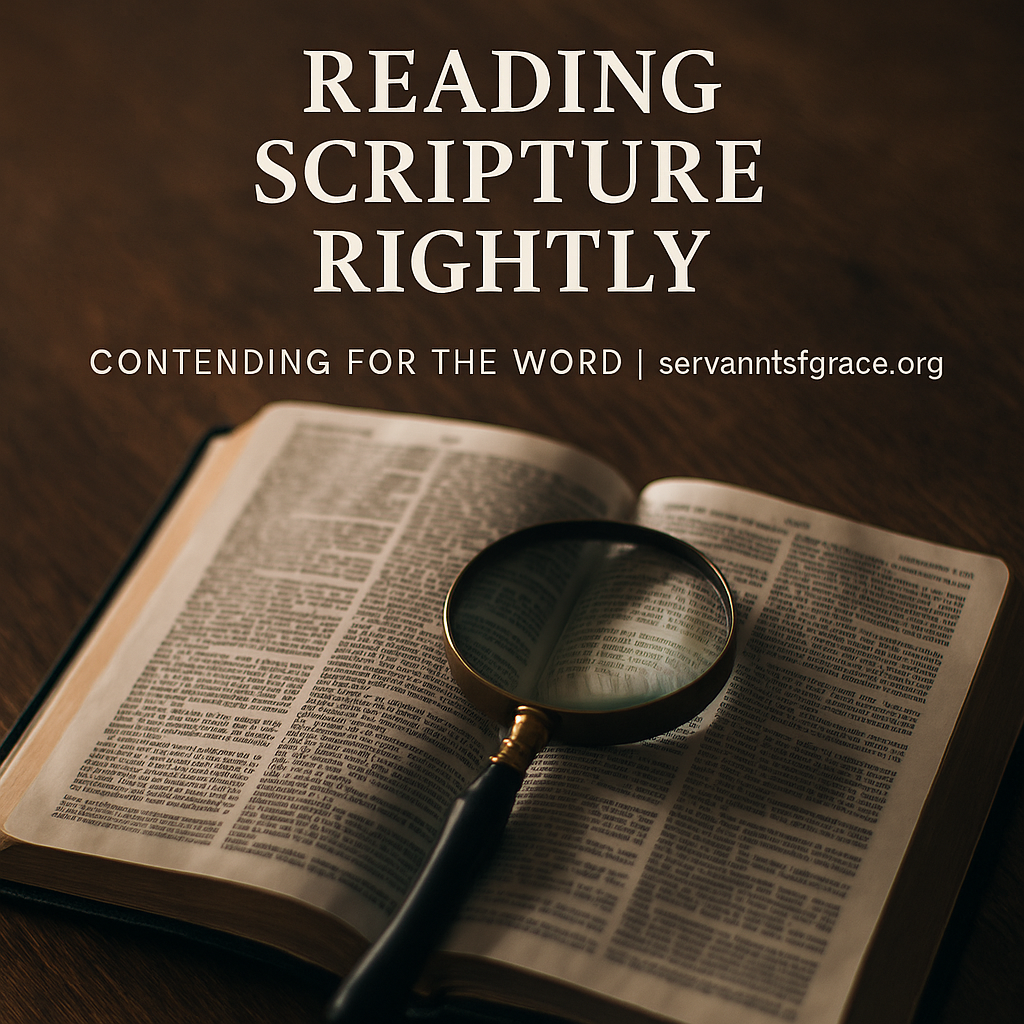⏱️ Estimated Reading Time: 3 min read
Reading Scripture Rightly: Guarding Against Proof-Texting
By Dave Jenkins
Question
What does it mean to “proof-text,” and why is it dangerous?
Answer
To proof-text is to lift a verse out of its context to support an idea or opinion that the passage itself does not teach. It is a subtle but serious error that distorts the meaning of Scripture and can lead believers astray.
Right interpretation always asks, “What did God intend this text to mean?”, not “How can I make this verse say what I want?”.
1. The Danger of Isolated Verses
Proof-texting often happens when we treat verses like inspirational slogans instead of parts of a unified story. A text without its context easily becomes a pretext for error.
For example, Philippians 4:13, “I can do all things through him who strengthens me,” is not a promise that we can achieve any dream, it is Paul’s testimony of contentment in both abundance and need. Context corrects misuses like these and guards us from twisting God’s Word.
2. Reading in Context Means Reading Carefully
Every verse lives inside a paragraph, which lives inside a chapter, which lives inside a book, which fits within the canon of Scripture. Context matters at every level.
To read rightly, we must ask:
- Historical context: What was happening when this was written?
- Literary context: What is the argument, story, or flow of thought?
- Canonical context: How does this fit into God’s larger redemptive story?
When we take the time to trace these layers, we begin to see the beauty of God’s truth unfolding coherently across the pages of Scripture.
3. Proof-Texting and Modern Misuse
In a digital age of soundbites, verses are often ripped from context to defend personal agendas, whether theological, political, or cultural. But Scripture calls us to something deeper: “Do your best to present yourself to God as one approved, rightly handling the word of truth” (2 Timothy 2:15). The difference between discernment and deception often comes down to whether we handle the text faithfully or force it to fit our perspective.
4. How to Guard Against Proof-Texting
- Read whole sections, not just isolated verses.
- Let Scripture interpret Scripture, compare cross-references.
- Ask what the author meant, not just what it means to you.
- Study with humility, be willing to be corrected by the Word.
- Use trusted commentaries and local church teaching to stay grounded.
When we submit to the text instead of using it to prop up our ideas, we find the freedom of knowing and applying what God actually said.
5. The Fruit of Contextual Reading
Reading in context produces clarity, conviction, and confidence. It helps us love God’s truth more deeply and live it more faithfully. We move from fragmented verses to a full view of God’s revelation, and that leads to worship.
Key Scriptures
- 2 Timothy 2:15
- Acts 17:11
- Philippians 4:13
- 2 Peter 3:16
- Psalm 119:160
Dave Jenkins is happily married to his wife, Sarah. He is a writer, editor, and speaker living in beautiful Southern Oregon. Dave is a lover of Christ, His people, the Church, and sound theology. He serves as the Executive Director of Servants of Grace Ministries, the Executive Editor of Theology for Life Magazine, the Host and Producer of Equipping You in Grace Podcast, and is a contributor to and producer of Contending for the Word. He is the author of The Word Explored: The Problem of Biblical Illiteracy and What To Do About It (House to House, 2021), The Word Matters: Defending Biblical Authority Against the Spirit of the Age (G3 Press, 2022), and Contentment: The Journey of a Lifetime (Theology for Life, 2024). You can find him on Facebook, Twitter, Instagram, Youtube, or read his newsletter. Dave loves to spend time with his wife, going to movies, eating at a nice restaurant, or going out for a round of golf with a good friend. He is also a voracious reader, in particular of Reformed theology, and the Puritans. You will often find him when he’s not busy with ministry reading a pile of the latest books from a wide variety of Christian publishers. Dave received his M.A.R. and M.Div through Liberty Baptist Theological Seminary.




